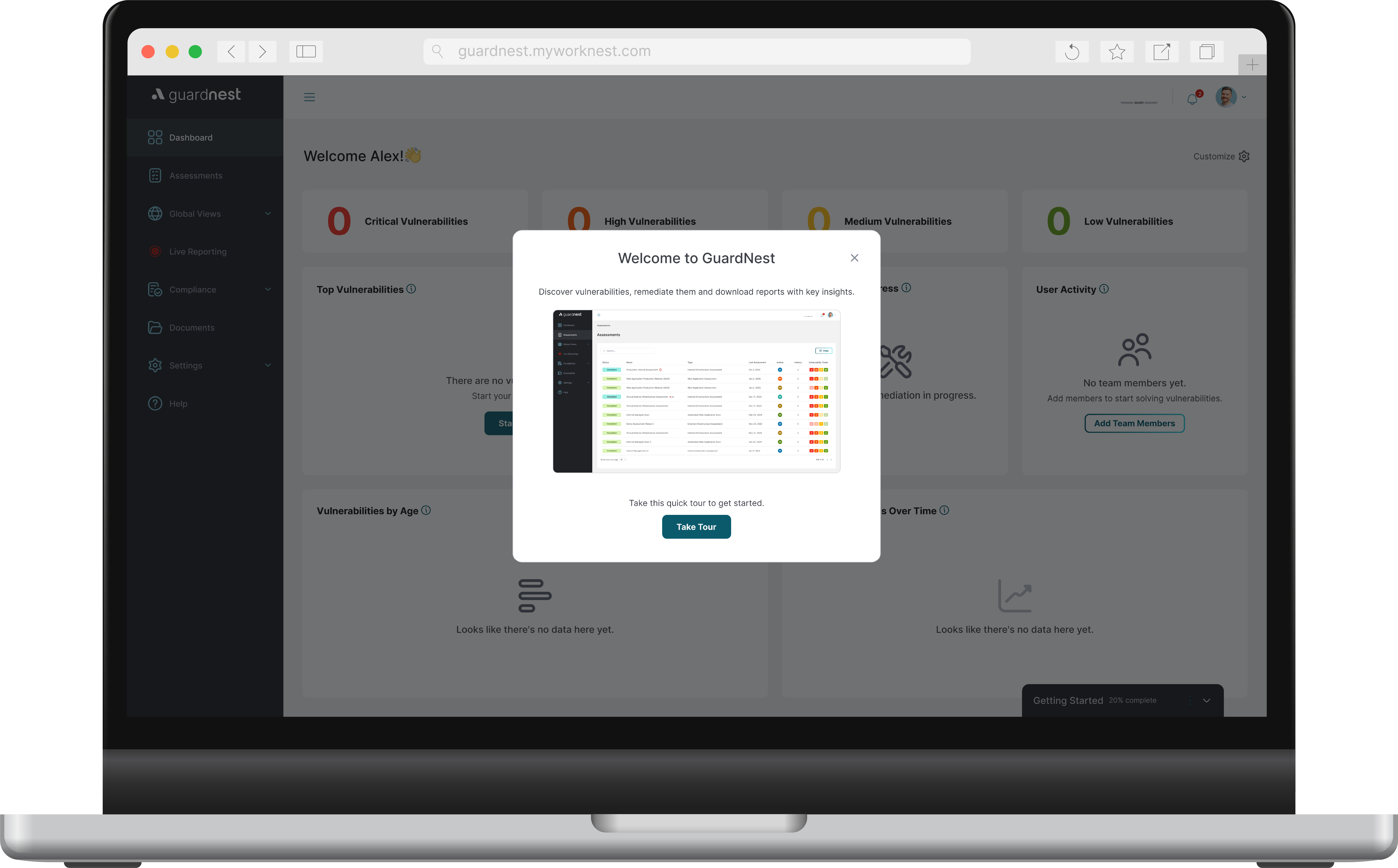Internal Infrastructure Misconfigurations


Introduction
This blog will outline the internal infrastructure, standard disfigured computing systems, and applications that often experience security misconfigurations that can potentially expose them to cyber criminals.
According to the threat stack report, over 73% of companies experience at least one critical secure security misconfiguration; the open web application security project 00 P updated its famous list of top 10 vulnerabilities in 2021, ranking security misconfigurations as the fifth most dangerous risk.
Most Common Security Misconfigurations
One of the most common is weak password policies, outdated software, insecure network configurations and unsecured data storage.
Weak password policies refer to the use of passwords that are too simple and easy for a hacker to guess or access. Outdated software can have vulnerabilities that hackers can exploit.
Insecure network configuration exposes an organisation’s infrastructure to potential breaches. Unsecured data storage can be risky, as cybercriminals can target stored user credentials and other sensitive information. It can also result in financial losses, regulatory non-compliance, lawsuits, reputational damage and interruption or disruption of services.
In addition, server misconfigurations such as unpatched operating systems, out-of-date database versions or even default configuration settings are highly vulnerable to attack. It is important to note that security misconfigurations continually evolve, and organisations must be vigilant to remain secure.
How to Prevent Security Misconfiguration?
Organisations can take several steps to prevent security misconfigurations:
• Develop a comprehensive inventory of all technology assets, including hardware and software.
• Conduct periodic reviews of the technology assets to identify any misconfigurations.
• Establish secure configuration policies and ensure they are enforced.
• Apply security patches as soon as possible.
• Implement strong password policies that require complex passwords and regular rotation of credentials.
• Monitor for any suspicious activity or changes to the system configurations.
Conclusion
Organisations must be proactive in their approach to security; they should ensure that all of their assets are correctly configured and adequately protected against cyber threats. Regular monitoring, security assessments, patching and testing will help minimise the risk of a malicious attack or data breach. By taking preventive measures, organisations can prevent security misconfigurations from becoming damaging.
Listen to our Pentest People TechBite below. For more blogs, visit our blog page.
.png)








.svg)








.webp)


